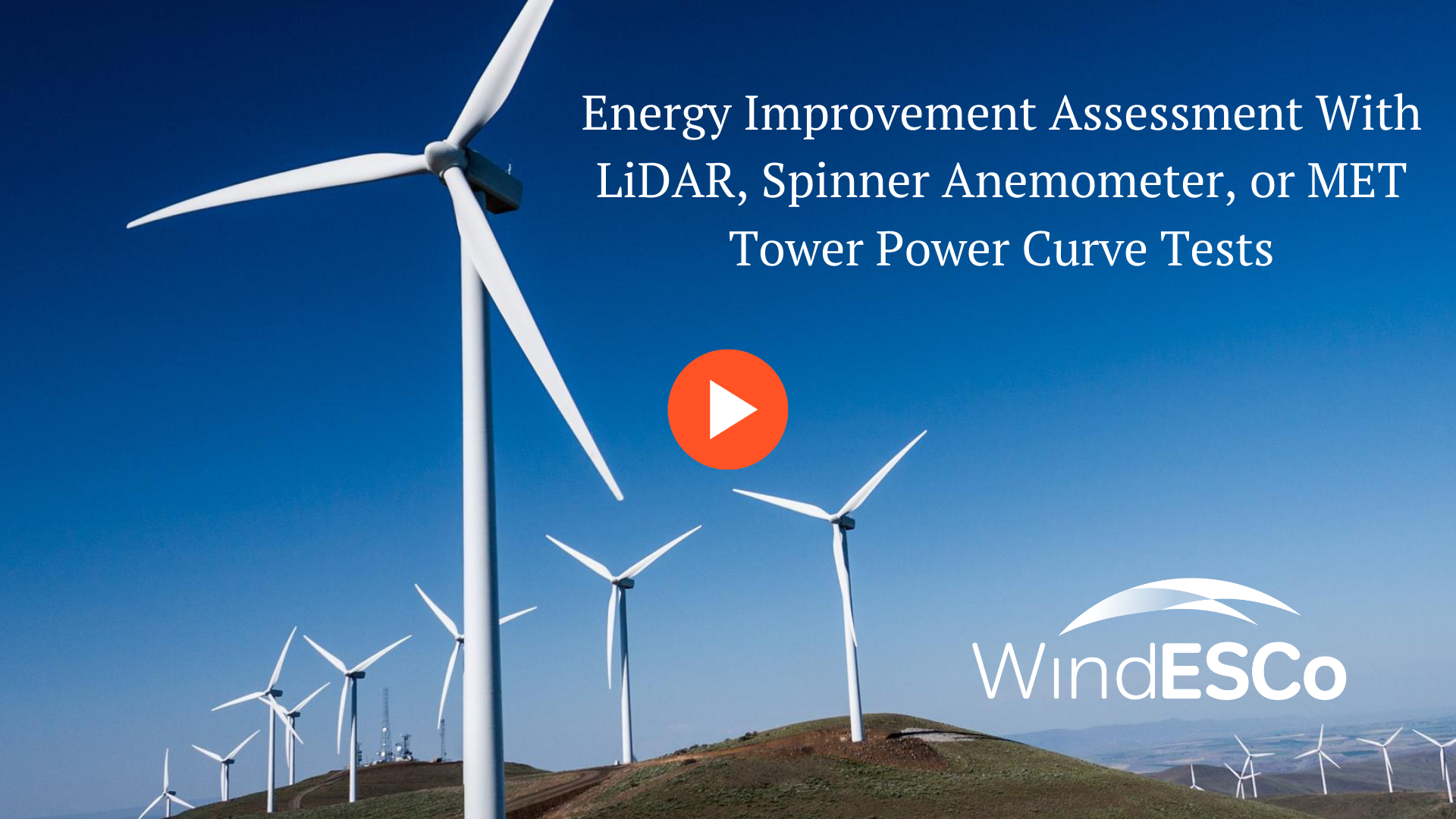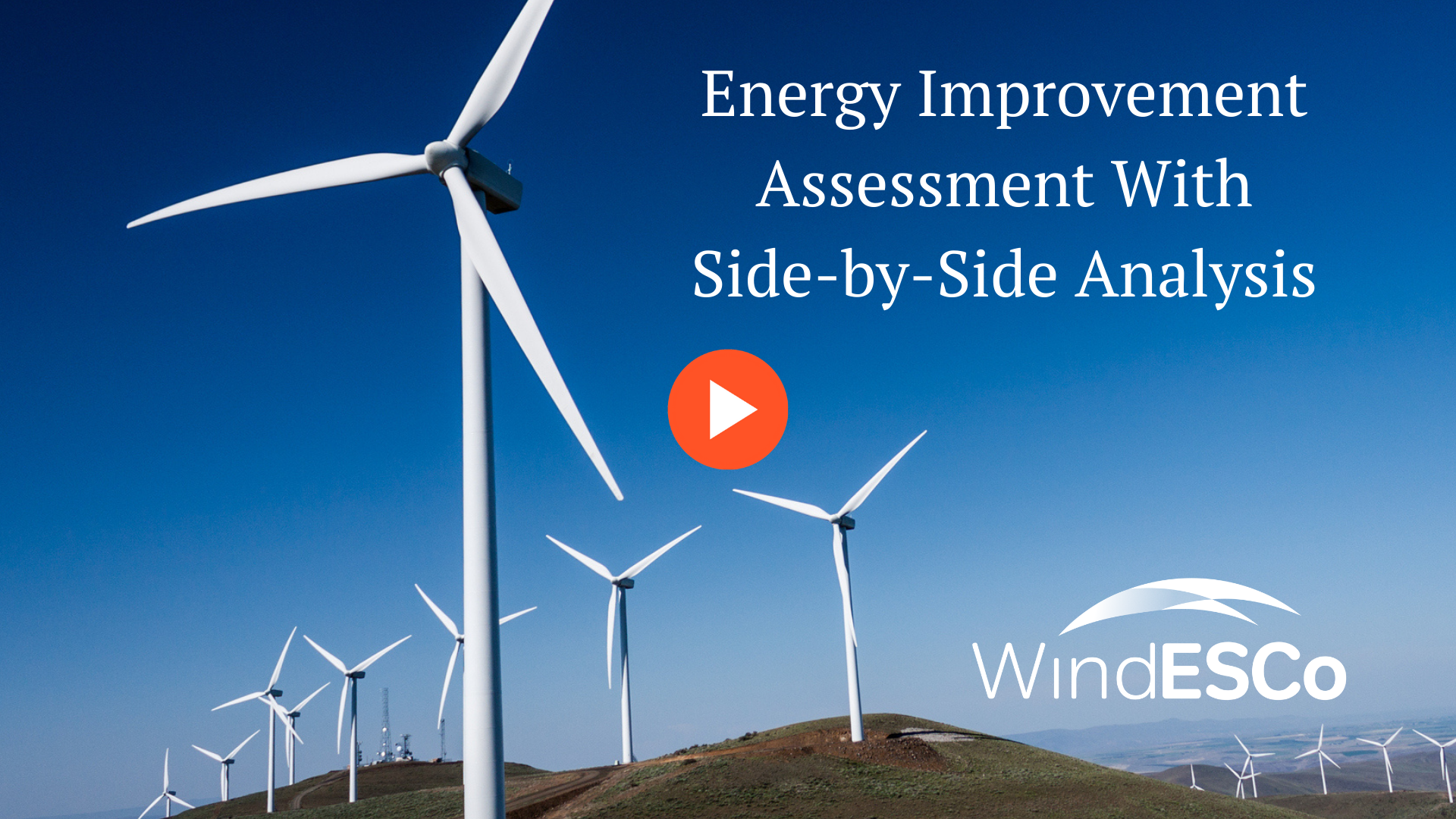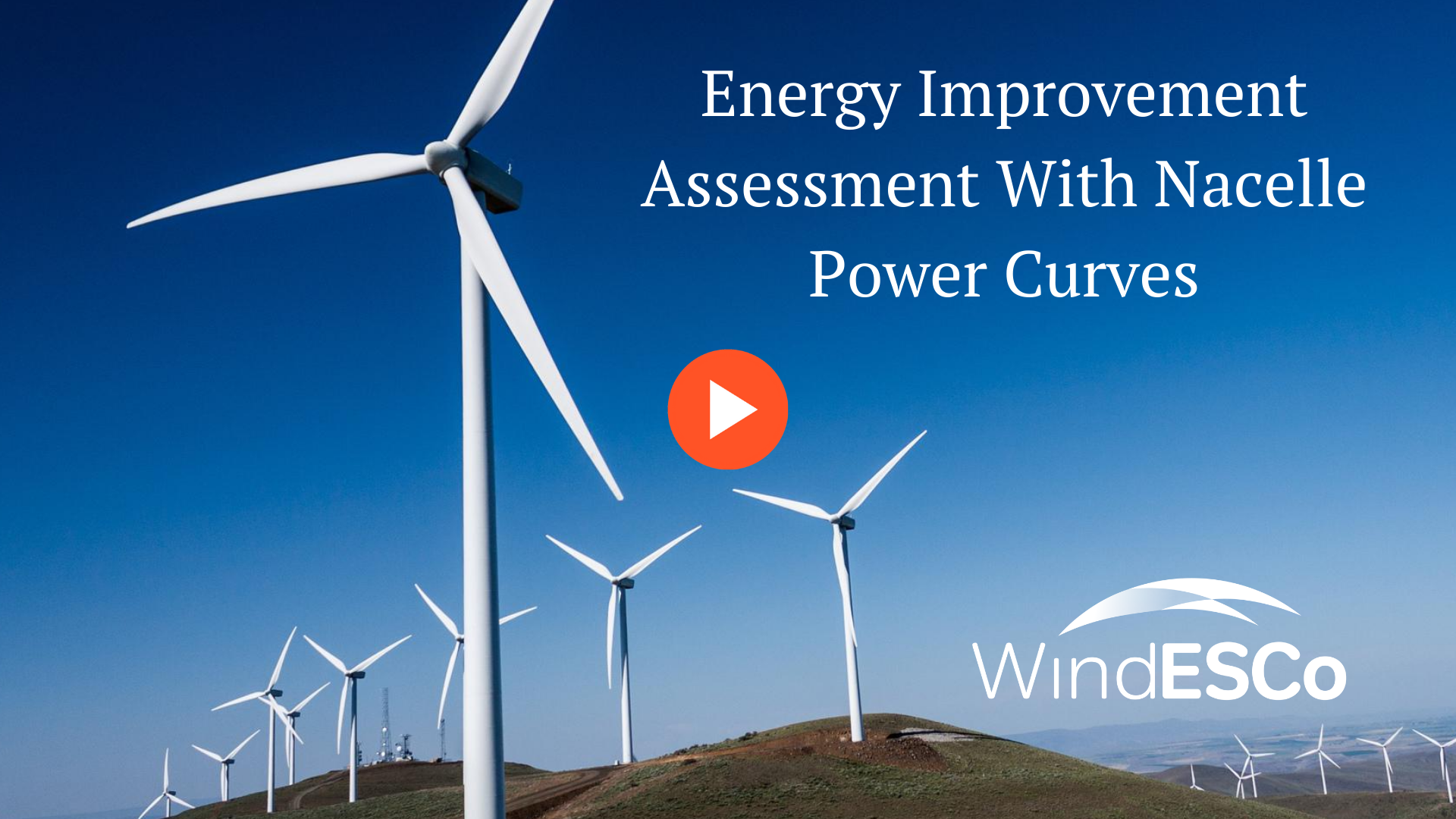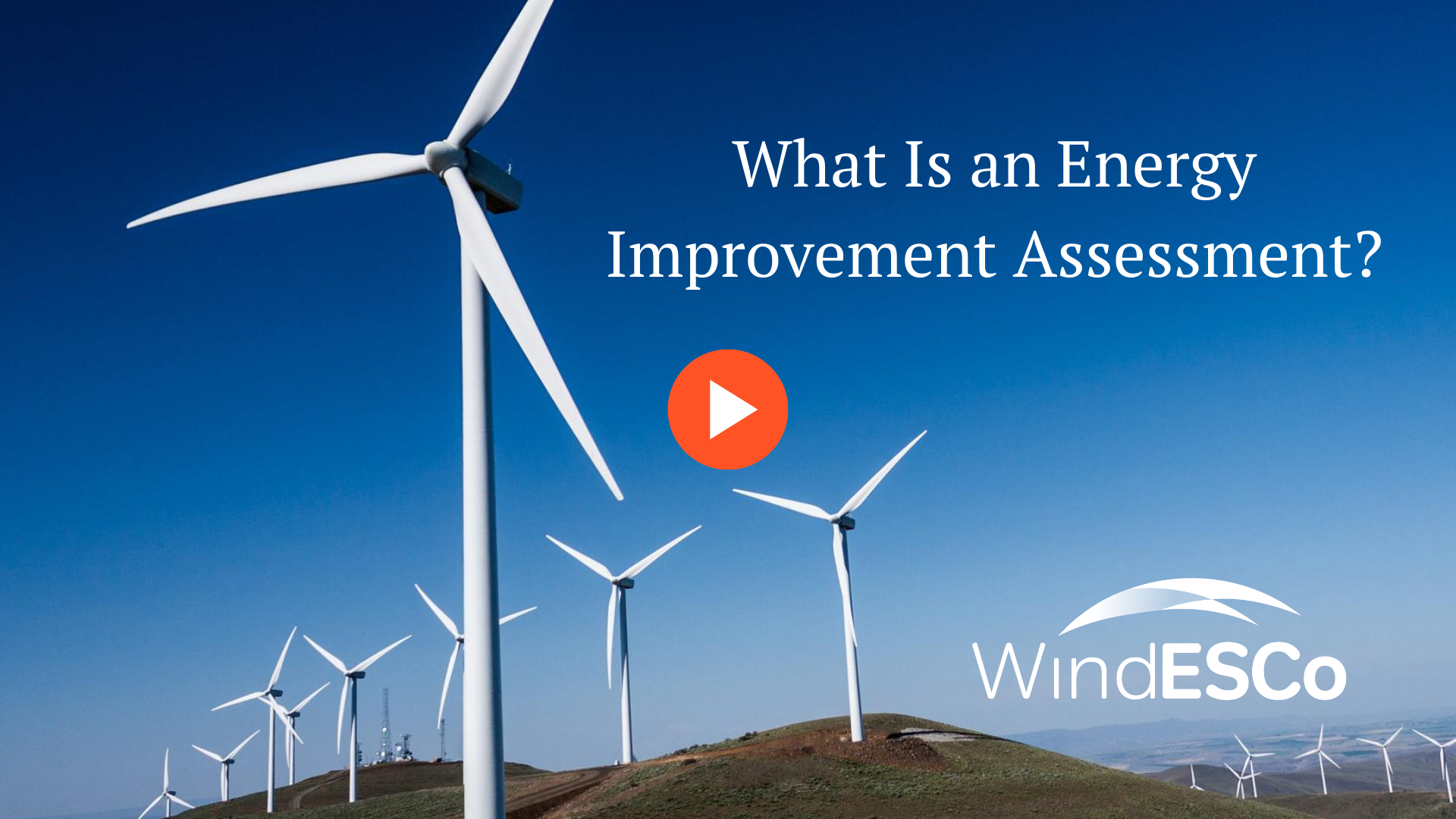Energy Improvement Assessment With Side-by-Side Analysis
Welcome back to our series looking at methodologies for assessing the energy improvement from wind turbine upgrades. In previous videos, we’ve shown...
2 min read
WindESCo Sep 16, 2020 6:00:00 PM

Welcome to the next installment in our search for an accurate, cost-effective, and reproducible method to assess the energy improvement from wind turbine upgrades.
In our last video, we talked about why we shouldn't use nacelle wind speed as our independent variable to measure power performance: upgrades can change the nacelle transfer function or the relationship between the nacelle wind speed and undisturbed or free stream wind speed upstream of the rotor. Here, we'll take a look at techniques that attempt to measure this free stream wind flow, namely using wind sensors like ground-based LiDAR, nacelle-based LiDAR (2-beam and 4-beam), an anemometer mounted on the turbine spinner, or anemometers mounted on a met tower.
These are typically used in the context of IEC 61400-12-1 power curve test to measure a turbine’s power curve against the warranted power curve provided by the turbine OEM. These met towers might be able to look at relative changes due to turbine upgrades as well.
Some of these techniques also attempt to overcome the high uncertainty or insufficient accuracy of the nacelle anemometer being a point measurement. In other words, ground-based LiDAR, 4-beam nacelle mounted LiDAR, and met towers with sensors mounted at multiple heights can usually measure some variability of the wind with height—that is, sheer and veer. But there are critical downsides that preclude their use in many situations:

Welcome back to our series looking at methodologies for assessing the energy improvement from wind turbine upgrades. In previous videos, we’ve shown...

In our last video, we laid out the basic requirements for a successful methodology to assess the energy improvement from wind turbine upgrades: ...

In every wind plant, operators are looking to maximize turbine performance to increase their AEP and their top-line revenue number. There are...